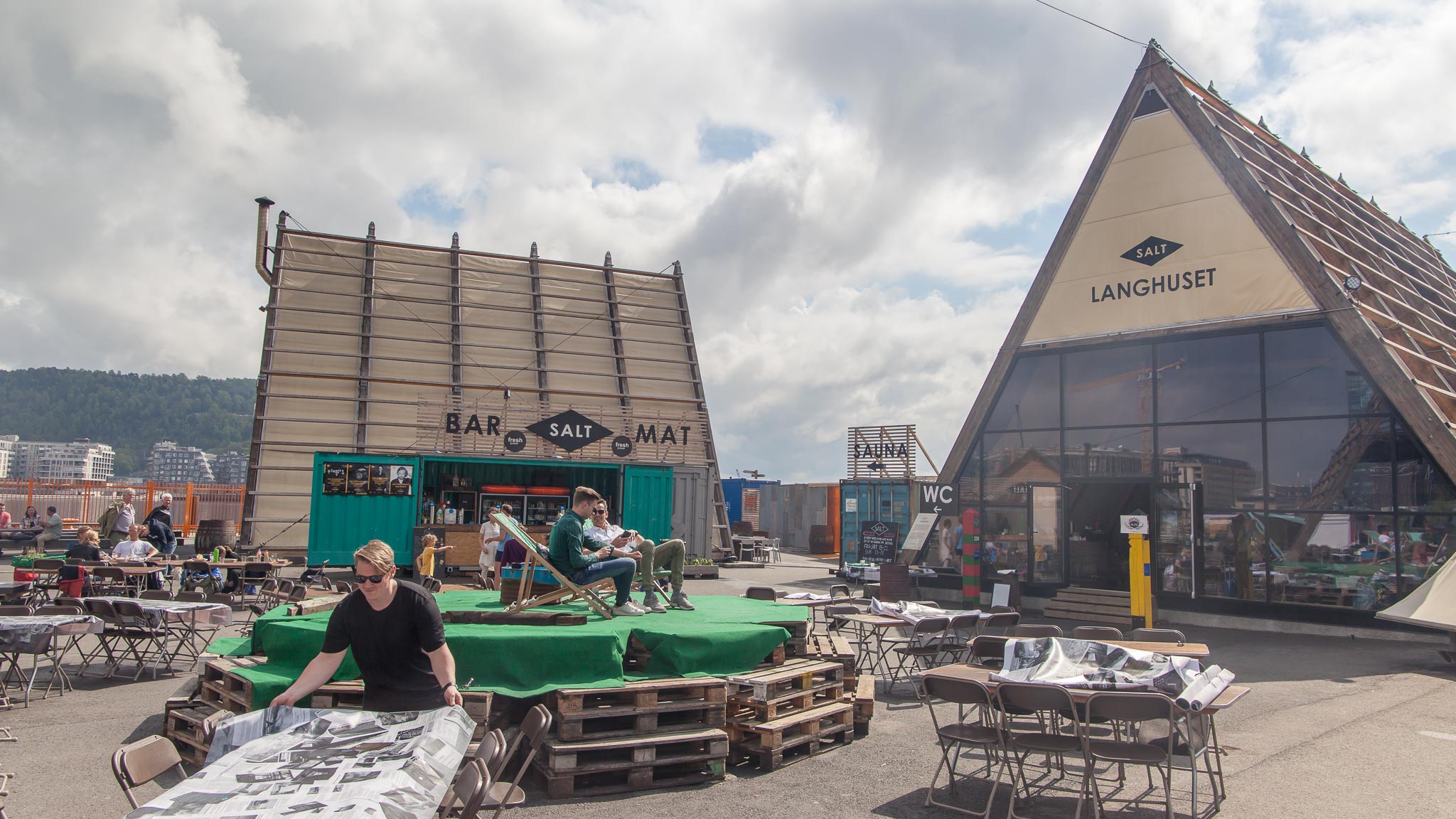This website uses affiliate links which may earn a commission at no additional cost to you. As an Amazon Associate I earn from qualifying purchases.
Updated: 19th April 2025
Tucked at the end of its namesake fjord, Norway’s capital city couldn’t have a more scenic location. Unsurprisingly, many of the best things to do in Oslo involve nature – be it getting out on the water by kayak or boat, heading to a hiking trail on the city’s limits, or simply picnicking at one of its many green parks.
Equally endowed with cultural heritage, many of Oslo’s top attractions are modern museums and first-class galleries, complementing the city’s historic architecture. Spend a sunny long weekend soaking up the city, and you’ll soon be smitten – and likely a little lighter on the pocket. Norway is notoriously pricey, so it’s worth considering an Oslo Pass if you plan to tour all of the best places to visit in Oslo.
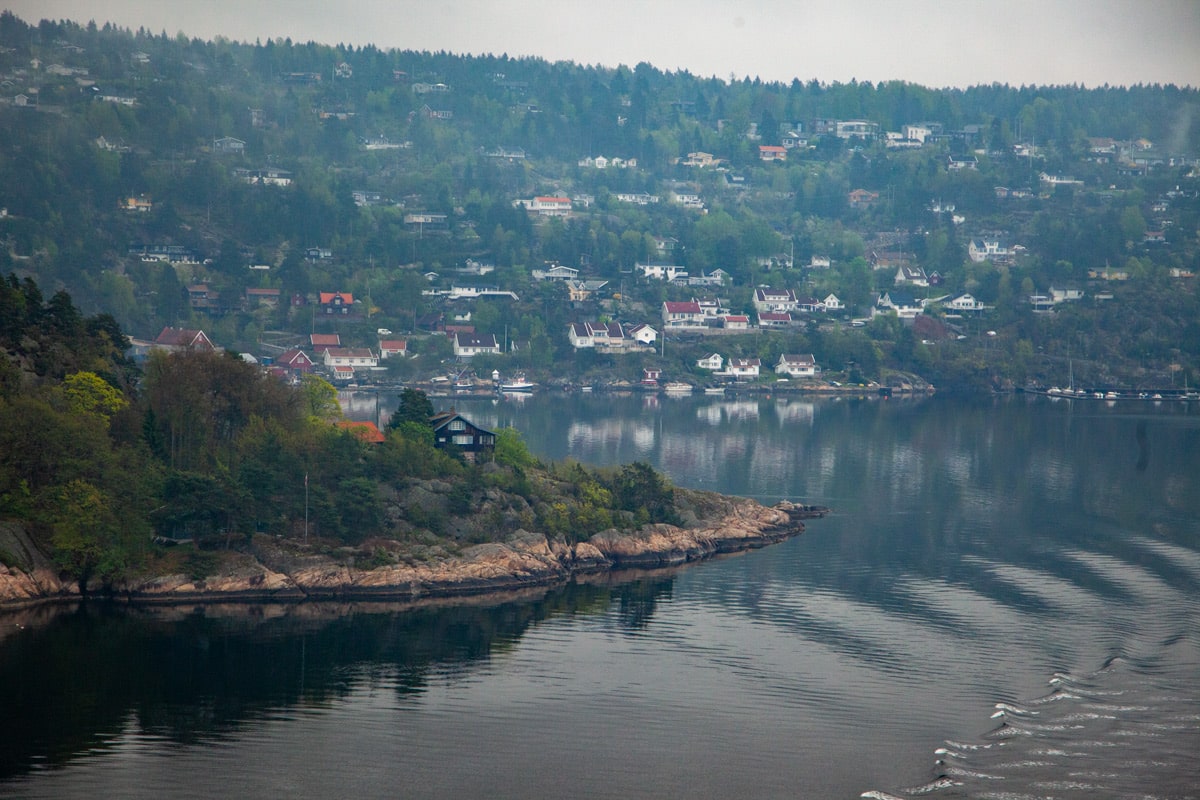

Take a trip through Oslofjord and the archipelago
No trip to Norway is complete without witnessing a fjord. These long, slender sea inlets are the country’s most striking features and are found along the coast, formed mainly by ancient glaciers that carved out the landscape.
While you’ll need to venture west for the most dramatic and famous fjords, the over 100-km-long Oslofjord is literally on the city’s doorstep, providing a pretty first-time introduction to Norway’s natural wonders. Taking a tour of Oslo’s fjord is serene and scenic, gliding past verdant slopes lined with colourful wooden homes, the city’s smaller islands, and cascades.


Head to Bygdøy’s museums by boat
For a shorter and more cultural boat outing, hop on the Bygdøyfergene ferry to Bygdøy. This peninsula, located to the west of Oslo, is an idyllic retreat featuring woodland trails and sandy beaches. Yet the main draw is the peninsula’s clutch of museums that could easily fill a whole day; plan at least an afternoon to experience one or two fully.
My favourite is the Norwegian Museum of Cultural History, a vast, open-air museum featuring traditional buildings from across Norway which have been carefully moved here – I found the wooden Gol Stave Church the most impressive feature. The nautical-themed Viking Ship Museum and Fram Museum, which houses its namesake, a 19th-century wooden polar ship, are equally remarkable.
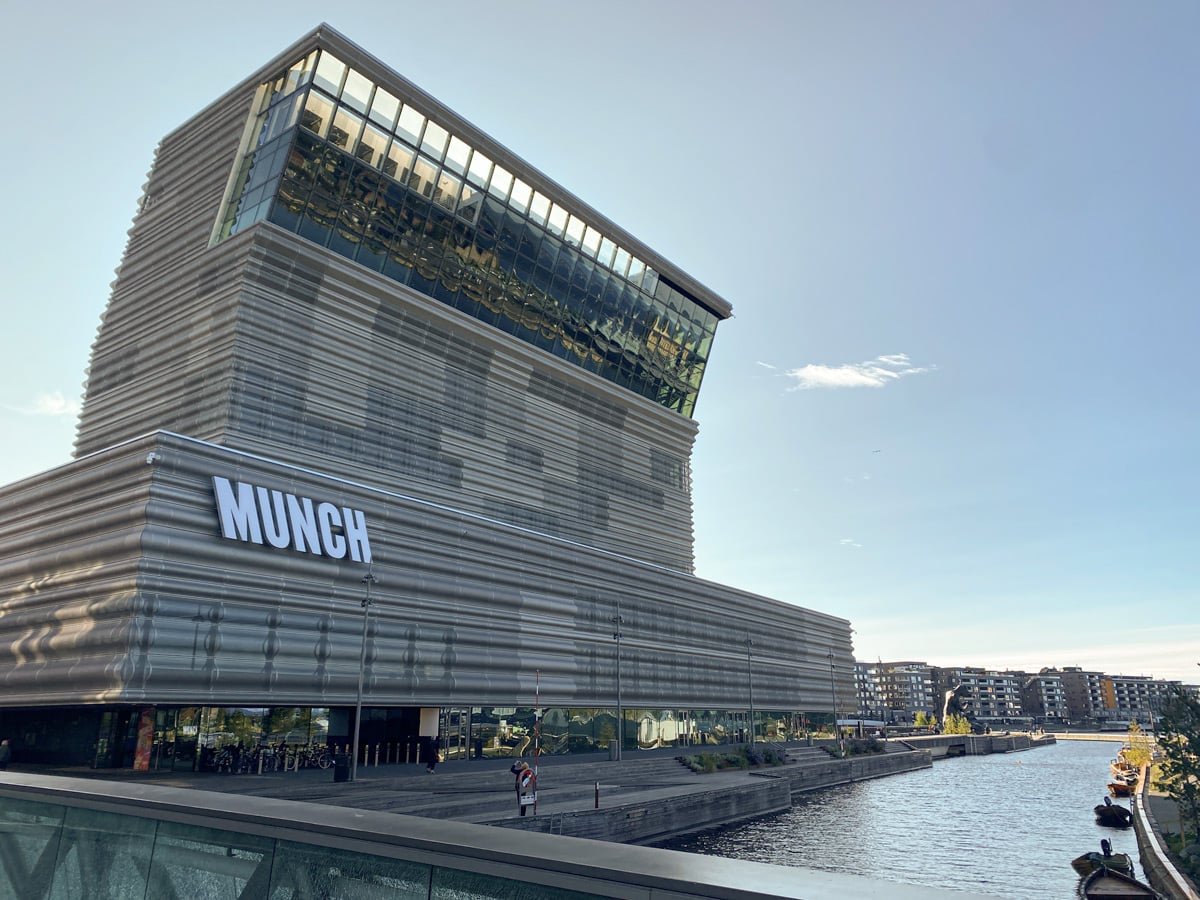

Marvel at Munch’s best works
Seeing the paintings of Edvard Munch, Norway’s most famous artist, is one of the main draws and top things to do in Oslo – especially since 2021, with the opening of the Munch Museum. But even though the dedicated space – a contemporary waterfront galley – has now opened, it’s not the only place to see Munch’s most famous pieces. For example, Munch often painted more than one version of his art, and there are actually four versions of his most famous work, The Scream. You can witness it at the Munch Museum (it is displayed in 30-minute periods to protect it from light) and also in Norway’s National Museum.
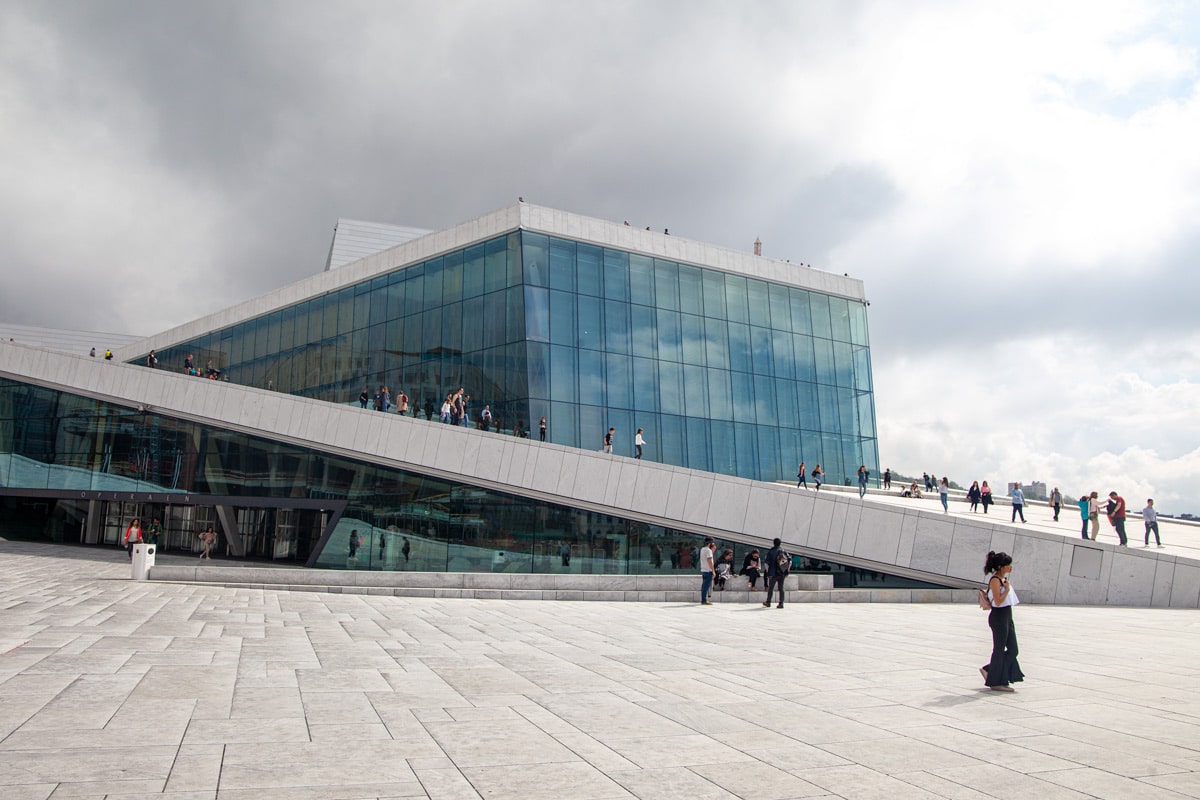

Walk atop the Oslo Opera House
The most striking section of Oslo’s rejuvenated and reimagined pedestrian-friendly waterfront is found around the Opera House. The work of award-winning Snøhetta architects, the low-slung, glass-heavy opera house rises from the waterfront with sloped staircases leading directly to the accessible rooftop. A free and fun thing to do in Oslo is to walk atop the Opera House, from which you have great city and fjord views.
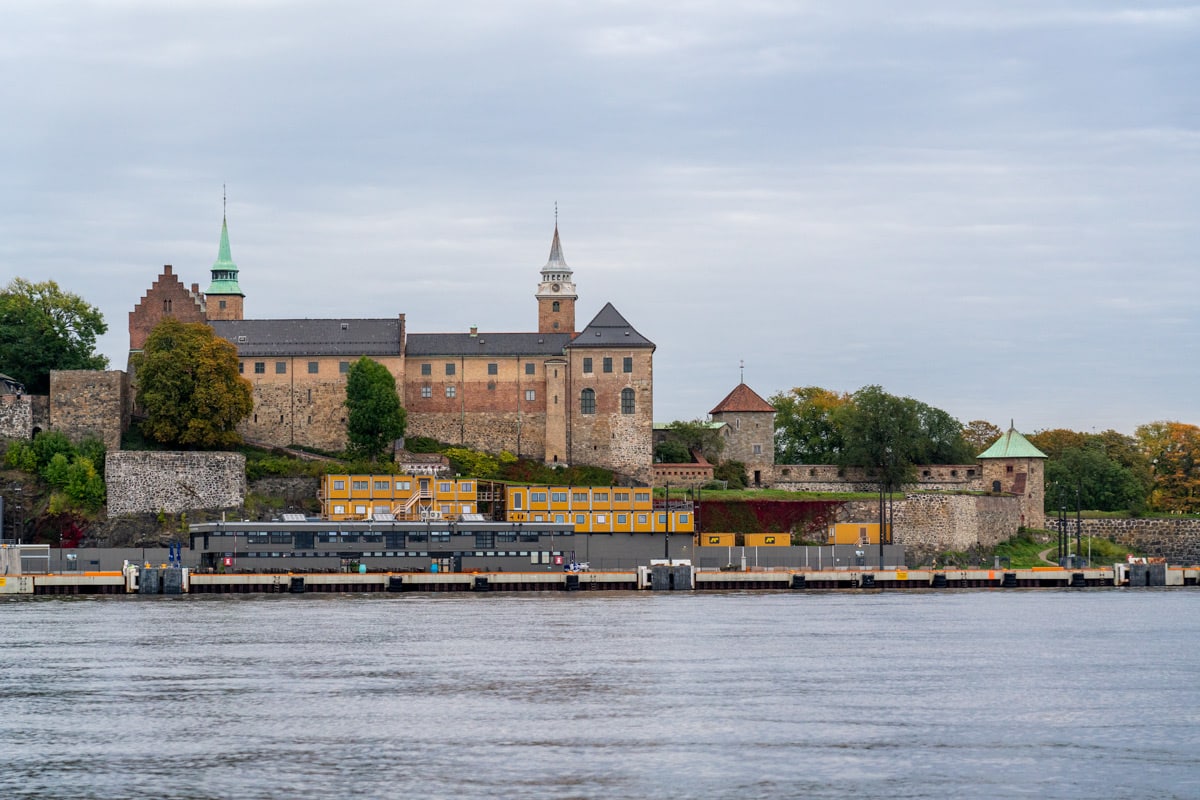

Explore the Akershus Fortress
Originally constructed in the 15th and 16th centuries, Akershus Fortress and its medieval castle provide a classic waterfront attraction to rival the more contemporary. While its hulking defences are best appreciated from a boat trip or ferry, exploring inside the walls is one of the top things to do in Oslo to learn more about the city in the Middle Ages.
Entrance to the fortress area is free and open during daylight hours, as the military still uses the space. However, you will need a ticket (or the Oslo Pass) to visit any of the four museums inside. Walking the grounds and taking in the architecture is impressive enough. Still, if you have the time to tour a couple, I’d suggest the Akershus Castle – upgraded to a Renaissance royal residence in the 15th century – and Norway’s Resistance Museum, focused on the Nazi occupation of WWII.
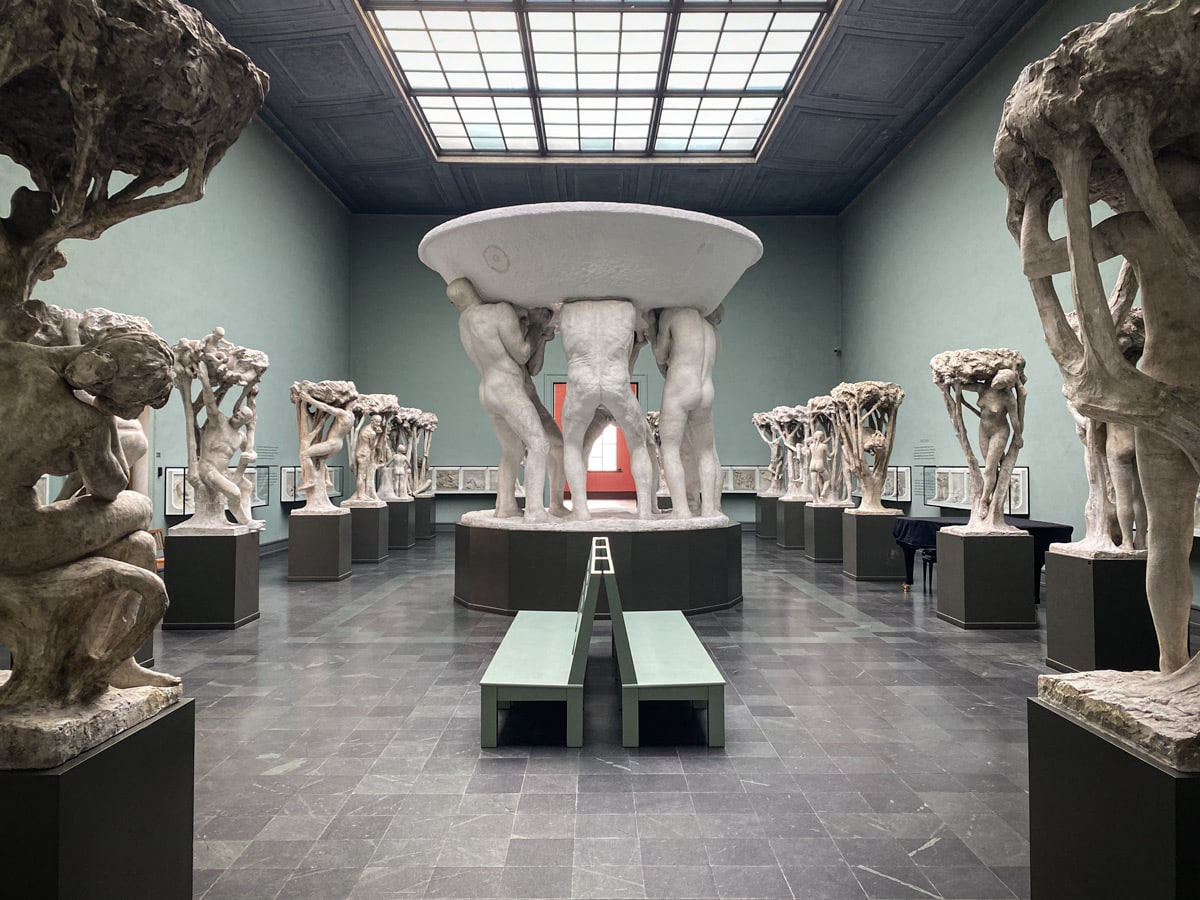

See the statues of Vigeland Park and Museum
Gustav Vigeland, Norway’s most prominent sculptor, more than left his mark on Oslo. Famed for his thought-provoking work, Gustav’s most monumental collection comprises the 200-plus sculptures that adorn Vigeland Park, centred around a monolith depicting 121 humans intertwined. This sets the scene for the rest of the work displayed in the park, which focuses on human connection, sometimes in questionable positions. A visit to the adjacent Vigeland Museum, where early models are shown, answers any questions.
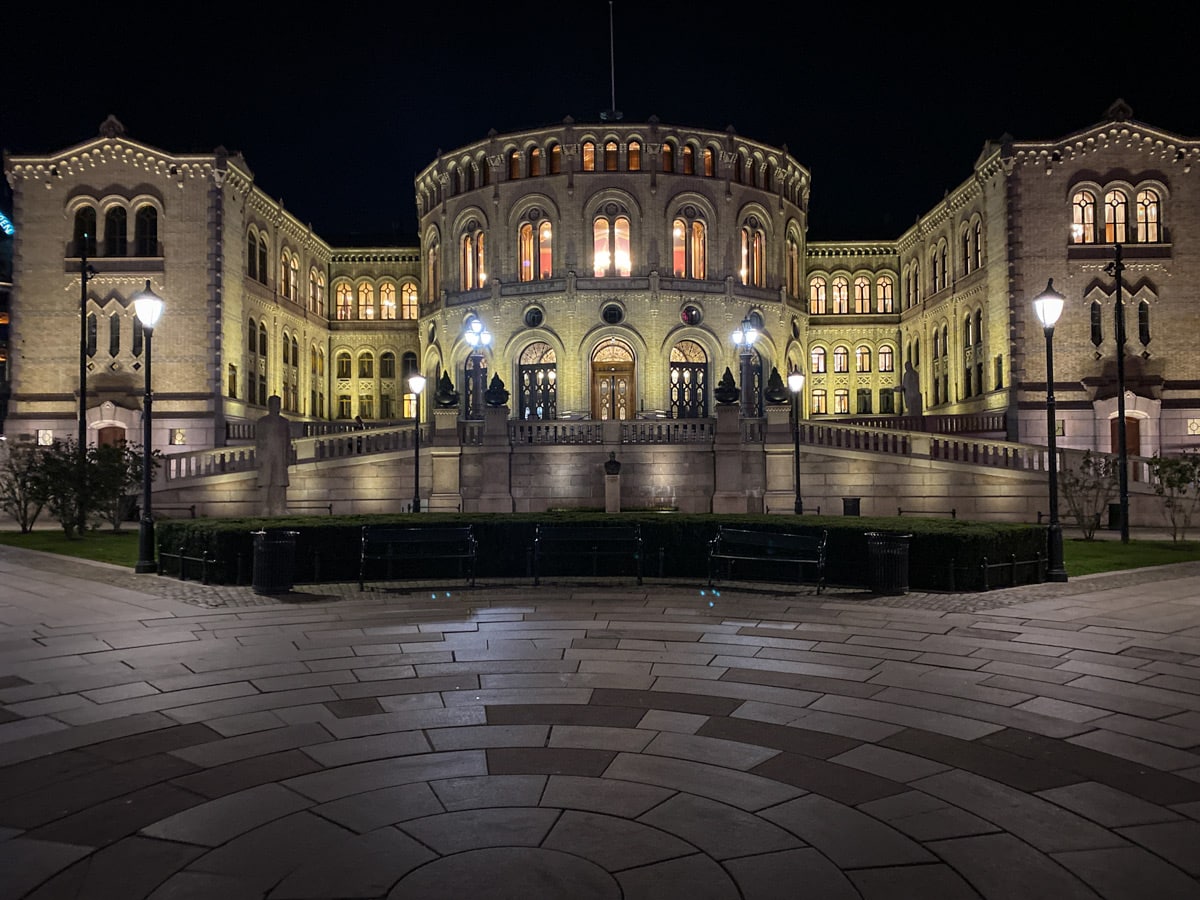

Tour the Royal Palace
One of the best things to do in Oslo between June and August is to tour the Royal Palace, which is only open to the public during the summer months, as the monarchy still resides there. One of Oslo’s main attractions, the two-century-old building takes pride of place at one end of Karl Johans Gate, the city’s main thoroughfare. Guided tours of under one hour take in the ornately embellished Ceremonial and Banquet Halls, still used for receiving foreign dignitaries today, alongside some of the smaller living quarters – although not those currently used by the royal family. Tickets should be booked in advance for the handful of daily English visits.
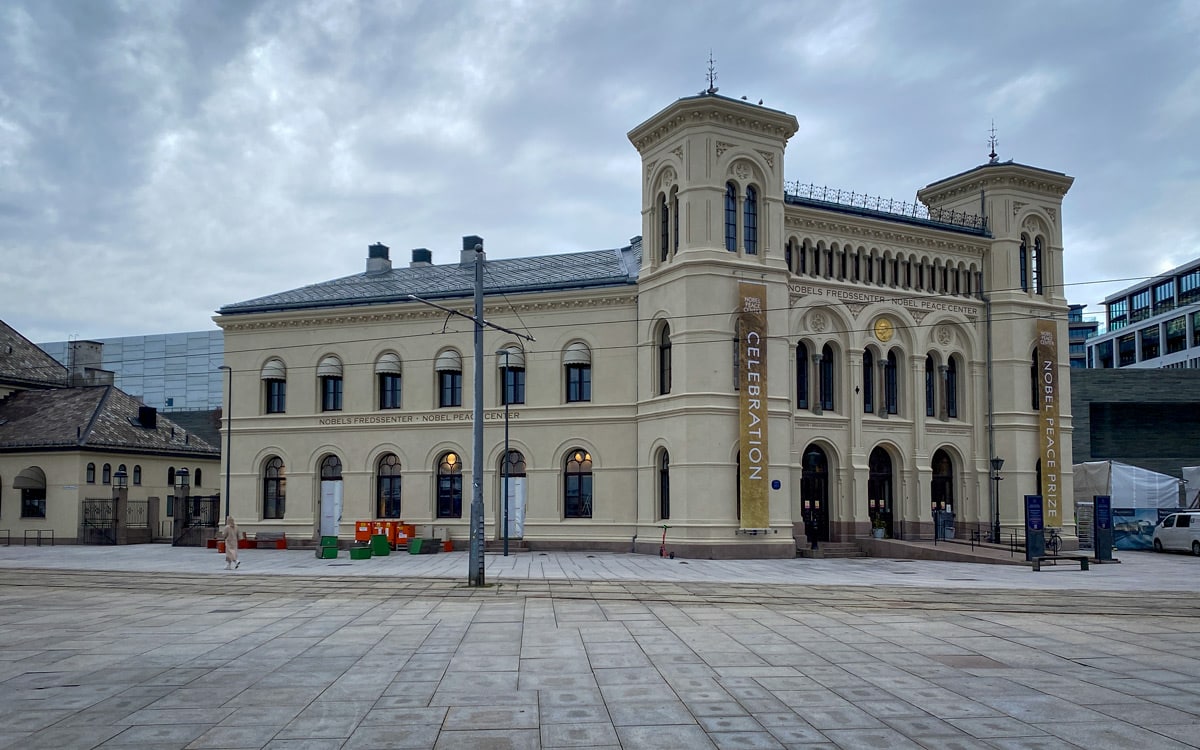

Learn about the Nobel Peace Prize
Did you know that the Nobel Prizes were established by Swedish inventor Alfred Nobel, who donated his fortune to the Norwegian Nobel Committee to initiate the now world-renowned awards? Well, Oslo is the perfect place to learn about the history, processes, and purposes of these prizes and the work that goes on behind the scenes on a visit to the Nobel Peace Centre. Set on City Hall Square, the pretty building can’t be missed. You can either take a guided tour focusing on different elements of the centre’s work or explore the ever-changing, thought-provoking exhibitions at your own pace.


Take a fjord dip followed by a sauna
An Oslo experience that shouldn’t be missed is embracing the Norwegian love of saunas. Best of all, there’s no need to leave the city – urban saunas along the fjord are found right on the downtown waterfront. Mostly small, wooden cabins that are either floating on decks or anchored to the promenade, these urban saunas have the benefit of a refreshing fjord dipping being literally on their doorstep. Some of the more unique saunas float like boats, while others host entertainment.
